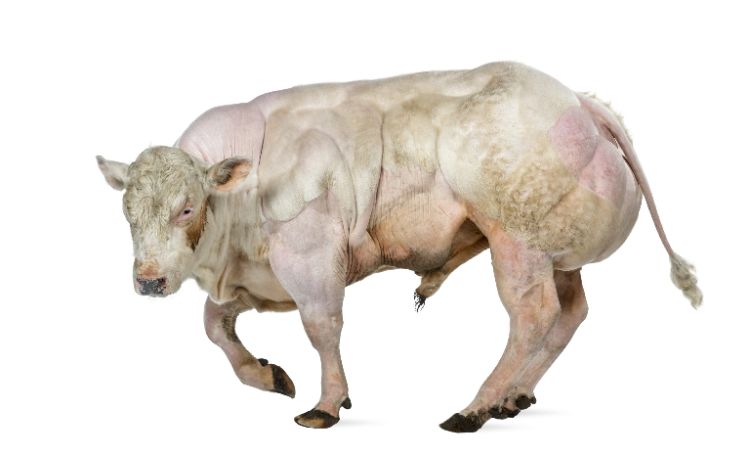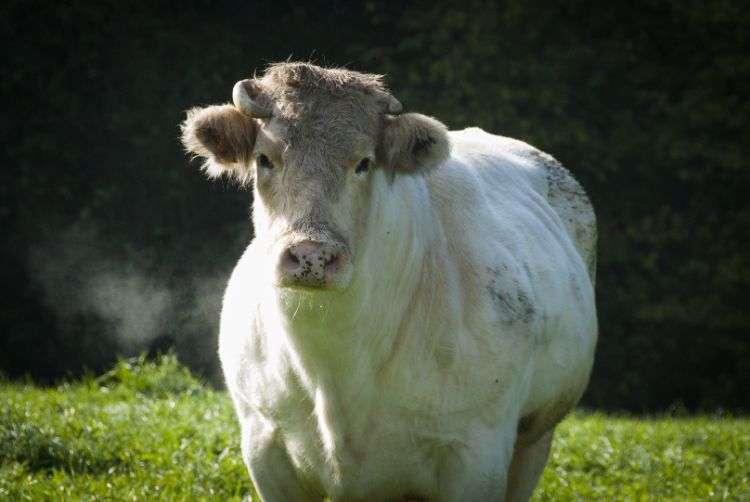Crossbreeding is a complex practice — a science in and of itself. Breeding one species with a specific other one, in an attempt to find a perfect balance between the traits of both, takes years, decades even, when several generations of animals are thrown into the process.
Many of the animal breeds we're familiar with nowadays — dogs, cats, horses — are the results of centuries of breeding, generally with the goal of reaching a specific quality, like being easily domesticated, or physically powerful. But the breed in the video below was conceived for an entirely different purpose.
Advertisement
The Belgian Blue, as seen in the video below, is a cattle breed established in the early 20th century and is bred for a rather peculiar trait: muscular hypertrophy. This particular breed appears in white, blue, or black.

Shutterstock
Also referred to as double muscling, according to the Australian Journal of Agricultural Research, muscular hypertrophy is mostly seen as a benefit for cattle breeders rather than a disability. Consequently, this allows the Belgian Bull to reach almost 3,000 pounds in weight and 5 feet tall.

Shutterstock
The Belgian Blue is highly desirable for the quantity of meat it produces (up to 80% carcass yield), trumping all other beef breeds. This, in turn, allows it to net an attractive price on the market for breeders.

Shutterstock
Despite its large threatening size, the Belgian Blue is known to have a very obedient temperament. Thanks to the muscle fibers from breeding, the meat is also very tender with high protein content.
Belgian Blue cattle are popular in Europe and Australia, and have recently been introduced to the United States, the Oklahoma State Division of Agricultural Sciences and Natural Resources reports. The USDA has deemed the Belgian Blue's meat as rather excellent, and "on line for the new standards."
Advertisement
Where do you stand on these breeding practices? Share your thoughts in the comments section.

